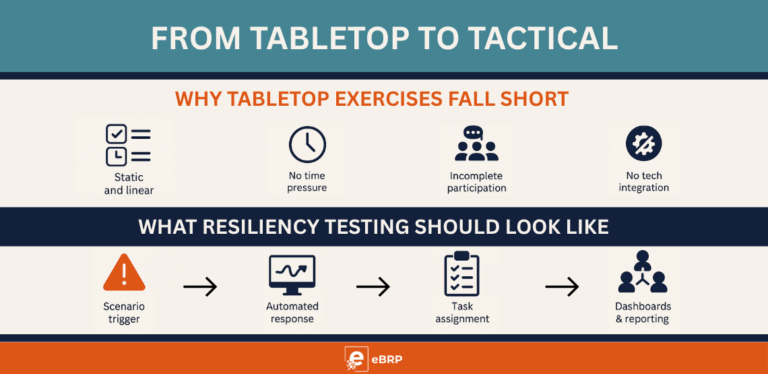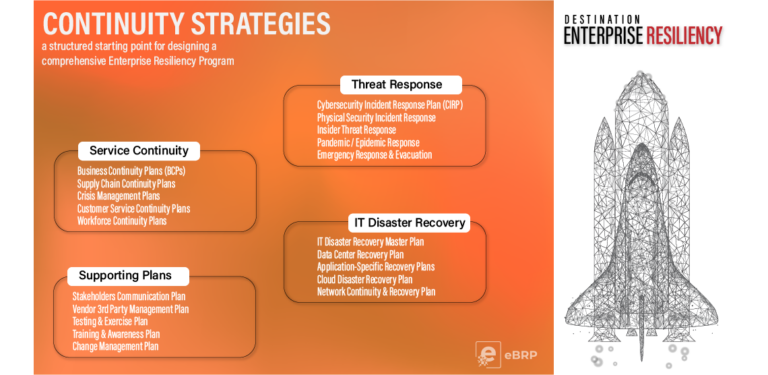Resiliency Testing: Why Tabletop Exercises Aren’t Enough

In the world of Enterprise Resiliency, being “ready” isn’t just about having a plan—it’s about demonstrating that the plan performs under pressure. For many organizations, tabletop exercises have long been the default method for testing continuity and incident response plans.…



